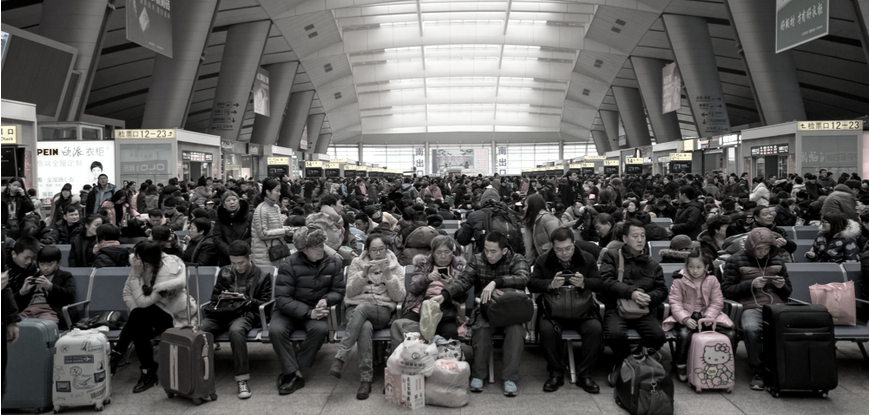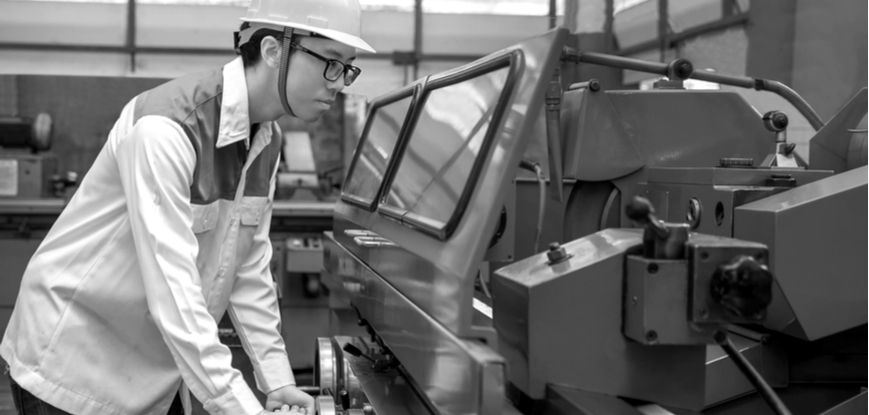Chinese New Year (CNY), the most disruptive event in China, officially begins on January 25th, 2020. The rush, and subsequent slowdown, often occurs much earlier depending on the manufacturing facility.
Most businesses come to a standstill for the holidays as a flood of workers
And after the holidays, many workers stay home and don't return to their factories. General managers are left scrambling to find and train replacements. So even if the holiday itself is only 3 weeks long, companies can take nearly 2 whole months to return to pre-holiday production levels!
But it doesn't have to be this way. If a factory plans its operations correctly and makes changes before and during CNY, it can quickly regain full production and be a stronger, leaner manufacturing machine.
How can you recover from the Chinese New Year factory shutdown period?

Though simple, the following actions can go a long way to reducing disruption and improving productivity when your team returns to work in the New Year:
1. Standardized Instructions for Going Back to Work
Standardized instructions provide a reference that operators can use throughout their training and beyond. It develops uniformity among individual
The easiest way to train new workers and refresh the memories of returning ones is to ensure they have clearly defined roles and responsibilities. With expectations clearly documented for reference, they'll know exactly what's required of them and how to do their specific job.
To create standard instructions, supervisors and experienced operators should provide most of the information. The entire production process must be broken into component operations and communicated both simply and concisely enough for all workers to understand and share.
2. Write Checklists for Equipment Shutdown and Startup
On the surface, this may not seem necessary. Just press the off switch or unplug it, right? But improperly handling production machinery can waste days or even weeks of production time.
To put the potential losses in perspective: A case study published in the International Journal of Production Economics showed that if a Swedish paper-mill avoided unplanned stoppages and bad quality productions with better maintenance policies, a paper-mill machine could generate an extra profit of almost US$1 million dollars.
Ideally, each workstation should have specific instructions for turning off machines, storing their components, and maintaining them. This will reduce your machinery's potential for failure so when you need to start them up again, they're more likely to work without delay.
Consider adding information on removing and storing sensitive pieces of equipment, filling up or removing lubricants and oils, and/or shutting off the power in a predetermined sequence. Failure to do so can damage sensitive pieces and cost you thousands of RMB to fix and replace.
3. Reorganize Your Manufacturing Process and Resource Allocation

Initially, the post-CNY turnover may seem daunting. But rather than dragging your company down, see this as a golden opportunity to reshuffle.
Chinese factories are typically over-staffed and so poorly organized that many operators are either doing unnecessary and unprofitable tasks (e.g. physically carrying work-in-progress to new stations rather than moving them on a line), or spending time waiting to do their job.
Understanding these inefficiencies and reorganizing the line accordingly will reduce wasted time and effort, lower manpower requirements, and speed up overall production. Undergoing this sort of streamlining means you'll only need to hire less staff as opposed to replacing all those who left during the holidays.
To Conclude
We hope these simple, yet effective, tips were instructive. These are just a sample of the operations a factory can perform to prepare itself for CNY. Your situation is obviously unique, but the pains that factory management, owners & buyers share often have very similar root causes.
Want to know if your factory is performing well? Click below.




